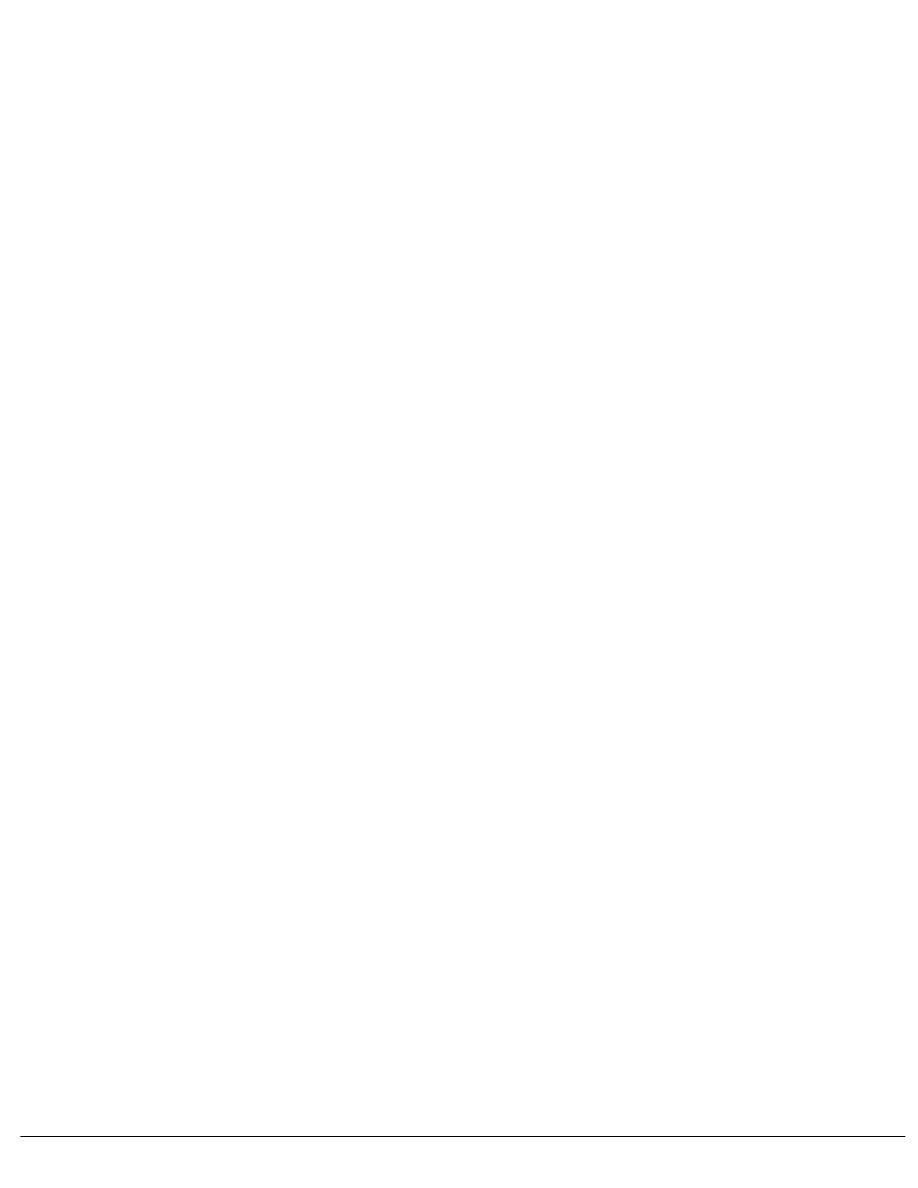1 Series E81 130i (N52K) 3-door

41 00 ...
Straightening steel parts
1.0 Recommended tools
Only use those tools designed for steel repairs.
2.0 Straightening outer shell
-
"Cold" straightening: Press dents out from their centre and smooth in an inwards direction with gentle taps.
In the case of small, soft dents (hail and parking damage), this is also possible without damaging the paintwork.
This work requires a special tool (refer to Service Information 5 04 98 328) and a trained worker.
-
"Hot" straightening: Heat dents in their central point only with a gas flame until bright red hot. Then quench the
material with a wet cloth.
-
Stud welding can be used in the case of damage where access is only possible from one side (see Aftersales
Assistance Portal (ASAP) - Service/Technical - Workshop Equipment (Start BMW) - Shop Workshop Equipment
or at www.bmwgroup-weg.com). Weld on the stud in the middle of the damaged area. The steel pin or shim is
driven out using a hammer until the depression is removed. The stud, pin or shim is then ground or twisted off.
-
Avoid cracking.
-
Avoid hardening and overstretching.
-
Avoid heating and overheating the outer shell over large areas.
-
If, after steel parts have been straightened, the surface shows no dents larger than 2 mm, these dents may be
touched up with knifing filler.
Dents larger than 2 mm must be treated with filling solder.
Note:
Only applicable within the European Union!
European used-car regulations prohibit the use of tin containing lead in motor vehicles introduced after
01.07.2003!
-
For safety vehicles, follow the special notes and information in the repair instructions.
3.0 Straightening structure
-
Repairs affecting the mounting points of assemblies and chassis/suspension components must be carried out on
the straightening bench with the matching straightening attachment set or specification sheet for the vehicle.
Straightening attachments and specification sheets are also available for the top section, e.g.: door pillars,
convertible top mounts, cowl, rear lid hinges, etc.
-
Check windshield and rear window apertures for curvature by inserting the original glass.
-
Take the gap dimensions for doors, engine hood and rear lid from the vehicle-specific gap dimension diagram.
-
Bearing body components such as e.g. engine carriers, door pillars, frame side members etc. with deformations
which can no longer be returned to their original shape by "cold straightening" must be replaced.
Heating bearing body components for better reshaping is not permitted!
Failure to comply with this requirement would result in a loss of original strength of up to 40 %.
-
High-strength and super-high-strength steel plates as a rule cannot be reshaped. Reshaping only serves as a
preparatory measure to replacing the component in order to achieve optimal joining of the connection points.
-
The body must be anchored as follows for reshaping:
RA Straightening steel parts
BMW AG - TIS
22.01.2013 06:24
Issue status (12/2007) Valid only until next DVD is issued
Copyright
Page - 1 -
